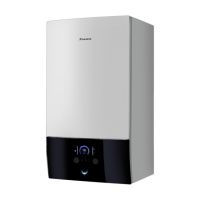
Do you have a question about the Daikin Altherma 3 H F and is the answer not in the manual?
| Type | Air-to-water heat pump |
|---|---|
| Energy Efficiency Ratio (Heating) | A+++ |
| Energy Efficiency Ratio (Cooling) | A++ |
| Refrigerant | R-32 |
| Heating Capacity | 4.0 - 16.0 kW |
| Cooling Capacity | 5.0 - 14.0 kW |
| Operating Temperature Range (Heating) | -25°C to 35°C |
| Operating Temperature Range (Cooling) | 10°C to 46°C |
| Sound Power Level | 58-65 dB(A) (depending on the model) |
| Noise Level (Outdoor Unit) | 35 dBA |
Explains the meaning of various warning symbols used in the document and on the unit.
General safety instructions and warnings for operating the appliance.
Detailed instructions and warnings for safe operation of the unit and its components.
Identifies and describes the main components of a typical Daikin Altherma system.
Explains the components of the user interface: status indicator, LCD screen, and dials/buttons.
Details the various screens like Home, Main Menu, Setpoint, and Detailed screens.
Provides instructions on how to turn the unit's operation ON or OFF, with visual indicators.
Covers setting space operation mode and controlling temperatures for heating and cooling.
Details the different modes for domestic hot water control: Reheat, Schedule + Reheat, and Schedule only.
Covers quiet mode, holiday mode, information access, user levels, and changing settings.
Explains preset values, energy prices, and programming schedules for various functions.
Details how to configure and use weather-dependent curves for temperature adjustments.
Provides an overview of the user settings menu and installer configuration tables.
Advice on setting optimal room temperatures and using schedules for energy savings.
Guidance on setting leaving water temperature for energy efficiency based on emitter type.
Recommendations for scheduling DHW heating and setting appropriate tank temperatures.
Outlines user and installer responsibilities for yearly maintenance and general upkeep.
Details the refrigerant type (R32), GWP value, and safety warnings related to the refrigerant.
Instructions on how to locate the dealer or helpdesk contact information via the user interface.
Explains how to access short and long descriptions of malfunctions using the user interface.
Addresses common symptoms like temperature issues, cold tap water, and heat pump failure.
Addresses gurgling noises, identifying air in the system or hydraulic imbalance as potential causes.
Provides guidance on contacting an installer for relocating system parts.
Instructs users not to dismantle the system themselves and to use specialized treatment facilities.
Defines key terms used in the manual, including DHW, LWT, Dealer, Installer, and User.
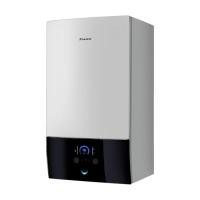
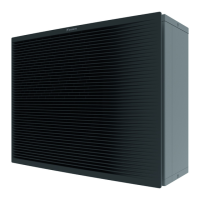

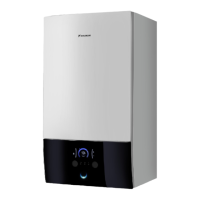
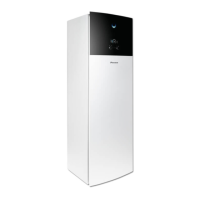
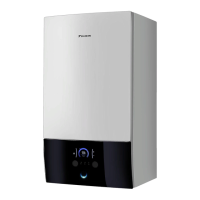
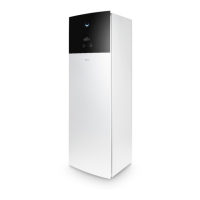

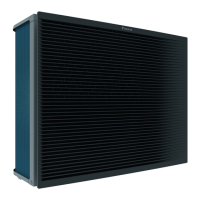
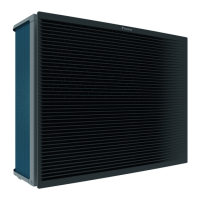

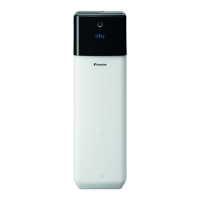
